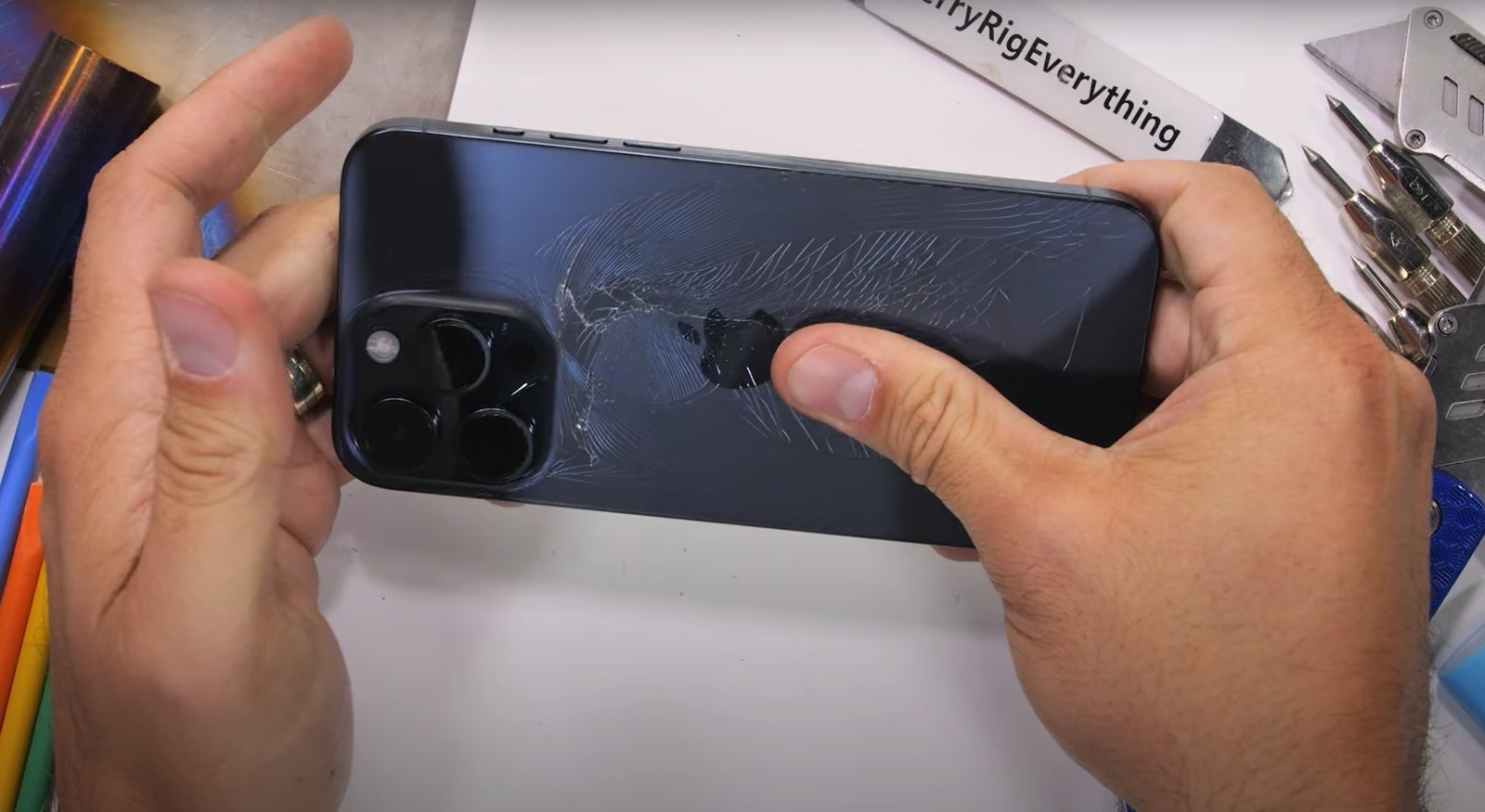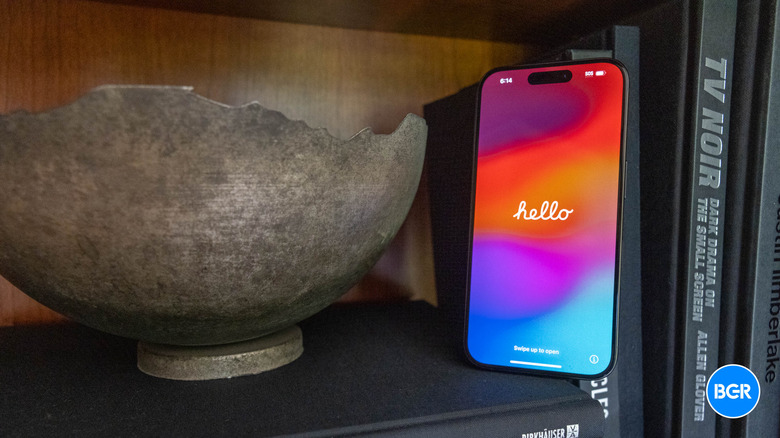Your Titanium iPhone 15 Pro Might Need A Protective Case After All
I did not upgrade to the iPhone 15 this year. My iPhone 14 Pro is nearly identical to the base iPhone 15, anyway. But the new iPhone models do have a few exciting features that I want from a future iPhone, like the titanium frame. They're also cheaper to repair as every model has the same design Apple introduced with the iPhone 14 last year.
That's why replacing the broken rear-facing glass is more affordable than in previous years. I'm talking about the fee you will pay if you don't sign up for AppleCare+. This design improvement prompted me to consider ditching iPhone cases for good whenever I upgrade, as Apple should continue to use the iPhone 15 design for a few more years.
But it turns out that I might have spoken too soon. After seeing an early iPhone 15 Pro drop test and an iPhone 15 Pro Max durability test, it turns out the easy-to-replace rear glass panel is also easy to break. A protective case continues to be a must for the iPhone.
The iPhone 15 Pro/Max hands-on experiences have shown that titanium is stronger, just as expected. But it's prone to scratches, and fingerprints alter the phone's color, making it look dirty. That is, you can ruin the appearance of the metal enclosure if you don't use a case. Scratches and fingerprints wouldn't be a problem, however.
The real issue concerns the rear-facing panel that might be prone to cracking. Glass phones usually break during drops, no matter how durable the glass is. But a drop test on Friday showed that the iPhone 15 Pro's rear panel might crack easier than the iPhone 14 Pro's.
It wasn't the most scientific drop test, if such a thing exists. But the fact that the iPhone 15 models have slightly curved edges on the back might explain an increased likelihood of the rear panel breaking.
That's not the worst durability test for the new handsets, however. YouTuber JerryRigEverything is well-known for his durability tests. He puts all new handsets through the same rigorous tests to determine how well-made they are.

He did the same thing with the iPhone 15 Pro Max, and I expected the usual things to happen. The glass would scratch with a certain pick, and the titanium would scratch even quicker than the front glass.
But not in a million years did I expect the iPhone 15 Pro Max's black glass to shutter during a bend test (image above). JerryRigEverything tries to bend all smartphones with his hands, and most devices survive the test. We recently saw the Pixel Fold fail the test spectacularly. But that's a foldable device, which might be easier to break than traditional handsets.
The iPhone 15 Pro Max did not bend, as the handset is very sturdy. Nothing happened to the display and the glass covering it. It was just the rear-facing glass that broke with incredible ease. Interestingly, JerryRigEverything put the iPhone 15 Pro through the same bend test, and the rear glass did not break.
All that tells me it's too early to be excited about not wearing any sort of protection on the iPhone. I don't have a case on the iPhone 14 Pro, but there's a screen protector in place for the display and a film protecting the back. I was also very fortunate not to drop the handset in its first year of life from a considerable height. Or on a hard enough surface that would cause accidental damage.
But I would definitely protect the iPhone 15 Pro/Max after the durability tests we have seen so far. The alternative is going for AppleCare+, which will cut the rear panel replacement fee to $29 for the two iPhone 15 Pros instead of $169/$199.
You can watch the iPhone 15 Pro Max accident below:
